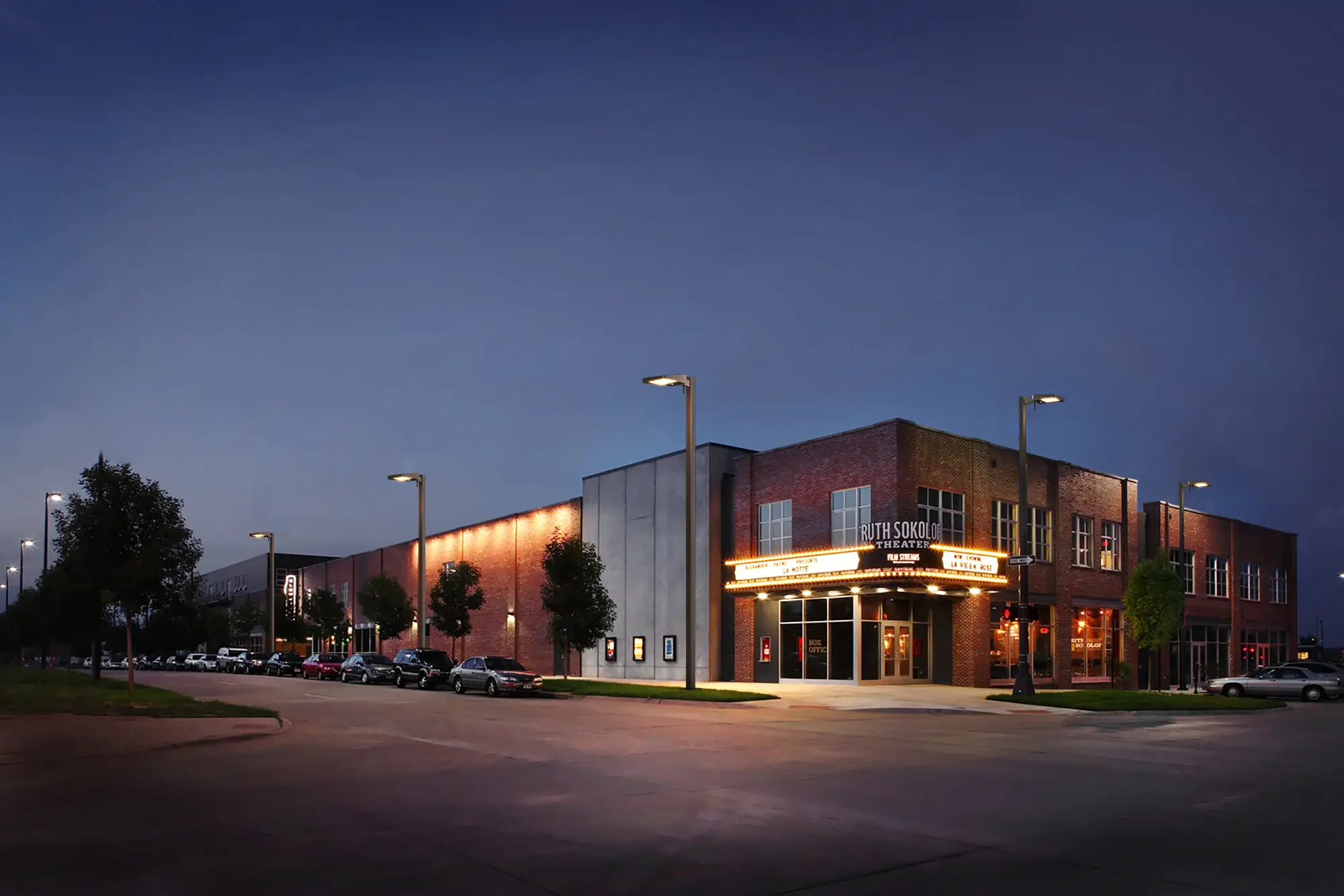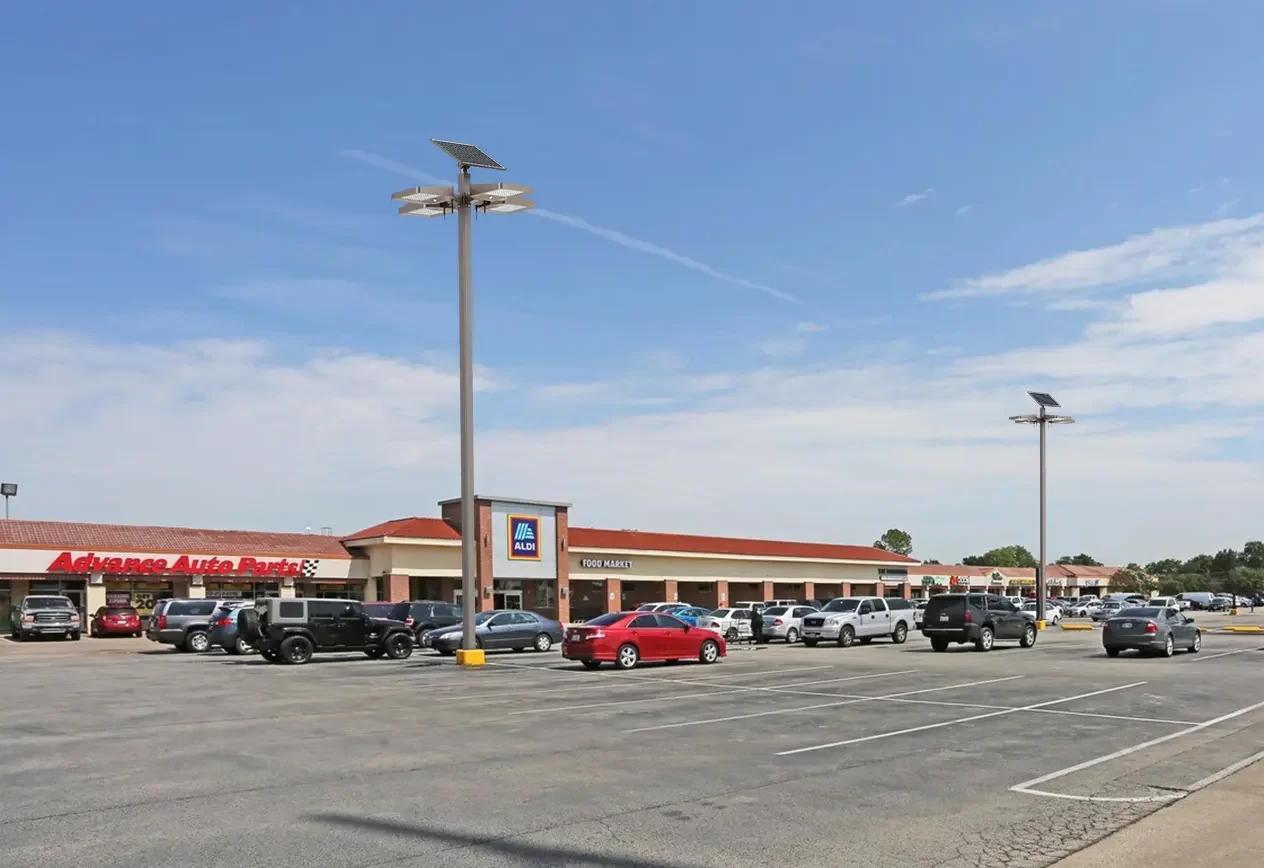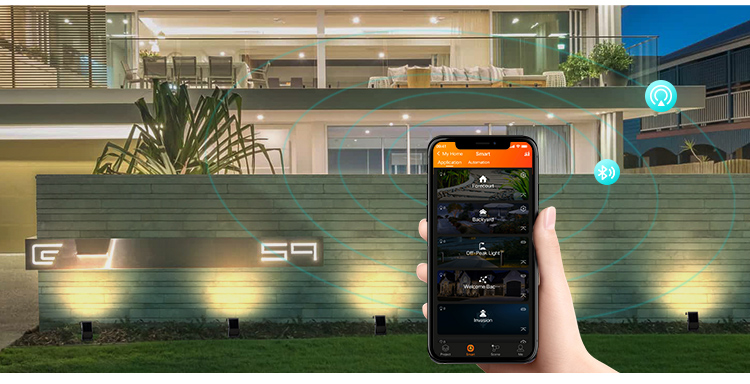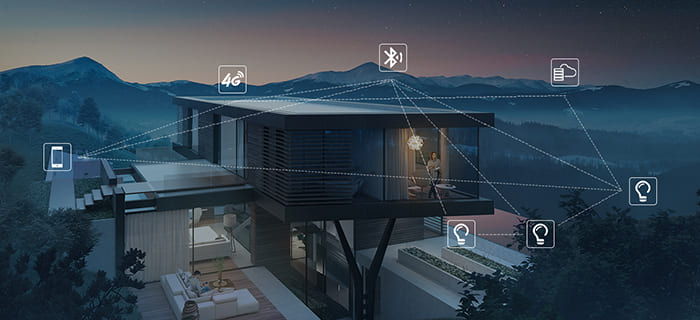In the field of modern solar lighting, ALS (Adaptive Lighting System) has become a core technology for the industry’s development. It not only represents a significant advancement in intelligent lighting but also directly impacts the performance of solar luminaires in extreme environments.
Whether it is the challenge of insufficient power supply during continuous cloudy and rainy days or low visibility in hazy weather, ALS technology provides solutions with its unique adaptability and high efficiency. The necessity of this technology is especially evident in the high demand for reliability, durability, and energy efficiency, making it an integral part of solar lighting solutions.
Why is ALS Technology Important?
- Enhances the Core Competitiveness of Solar Luminaires
Traditional solar luminaires often struggle to maintain performance during weather changes. ALS technology solves several issues by intelligently adjusting brightness and color temperature based on real-time monitoring of environmental changes and energy reserves:- Weather Uncertainty: Cloudy and rainy weather reduces the charging efficiency of solar panels, and traditional lamps may run out of power at night. ALS can reduce light intensity when the battery is low to extend runtime.
- Low Visibility Environments: Foggy or snowy conditions require higher lighting levels. ALS improves light penetration by switching to a 3000K warm light mode, enhancing visibility and safety.
- Satisfies Customers’ Needs for Reliability and Stability
Customers, such as industrial parks, road projects, or residential developers, need lighting solutions that can provide stable performance in extreme environments. ALS technology significantly enhances the reliability of luminaires, especially in high-demand scenarios. - Supports Energy Saving and Sustainable Development
With increasingly stringent global environmental protection and energy-saving regulations, ALS provides long-term value by intelligently managing energy consumption. This not only reduces operating costs but also supports the concept of green lighting.
How Does ALS Technology Enhance Performance?
- Continuity Management in Rainy Weather
ALS technology adjusts the light intensity based on the battery’s current level. For example, on consecutive cloudy and rainy days, ALS automatically reduces brightness to extend the luminaire’s runtime. This intelligent adjustment ensures that the luminaire can meet basic lighting needs even when the charge is low. - Adaptability in Low-Light Conditions
ALS technology includes an environmental sensor that automatically switches the color temperature based on light conditions. In hazy weather, ALS effectively improves light penetration and reduces safety hazards by enabling 3000K warm light. For instance, highway and parking lot luminaires with ALS can significantly reduce traffic accidents by improving visibility. - Stable Performance in Extreme Temperatures
ALS technology ensures the luminaire operates normally within a temperature range of -20°C to 60°C, providing consistent lighting performance in both cold Northern Europe and hot desert regions.
The Need and Value of ALS Technology
- Limitations of Conventional Technologies
Conventional solar lighting systems rely on fixed power output and cannot adjust to environmental demands, leading to the following limitations:- Wasted Energy: Energy is wasted when there is sufficient sunlight but no dynamic adjustment.
- Erratic Performance: In extreme weather or low power conditions, lighting can be unreliable.
In contrast, ALS technology avoids energy waste and improves system stability by dynamically adjusting light intensity and color temperature.
- Solving Customer Pain Points
With its practicality and efficiency, ALS technology directly addresses the core needs of customers:- Continuous Lighting: Provides up to 10 days of backup lighting during rainy and cloudy days, ensuring reliable illumination for industrial and commercial users.
- Intelligent Adaptation: Automatically adjusts lighting for different weather conditions and scenarios, reducing the need for manual adjustments.
Practical Applications of Sottlot ALS Technology Products
Sottlot’s Navigator series and other ALS-equipped products apply the advantages of ALS technology to numerous scenarios:
- High-Traffic Areas
On highways and bridges, ALS technology ensures consistent lighting and prevents streetlights from going out due to power depletion. - Industrial Parks
Industrial parks require constant lighting, and ALS ensures that they remain illuminated in all weather conditions by efficiently managing energy usage. - High-End Residential Areas
ALS products in high-end residential communities provide security while meeting developers’ green building requirements through intelligent and energy-efficient features.
Why ALS Is the Best Choice for Customers
- Reliability and Durability
ALS technology undergoes rigorous testing to provide consistent performance in harsh environments, making it the preferred choice for long-term, high-reliability projects, such as government works and commercial developments. - Significant Improvement in Energy Efficiency
The dynamic brightness adjustment feature of ALS drastically reduces energy waste and enhances the overall efficiency of the luminaires. - Customization and Intelligence
Sottlot’s ALS products support multiple mode switching and customization options, allowing them to meet the diverse needs of customers worldwide.
The importance of ALS technology is evident in the revolutionary changes it has brought to the solar lighting industry. By enhancing the performance of luminaires in harsh weather conditions, ALS addresses a key challenge of traditional lighting systems. For customers worldwide, this technology not only improves energy efficiency but also significantly reduces the total cost of ownership.



